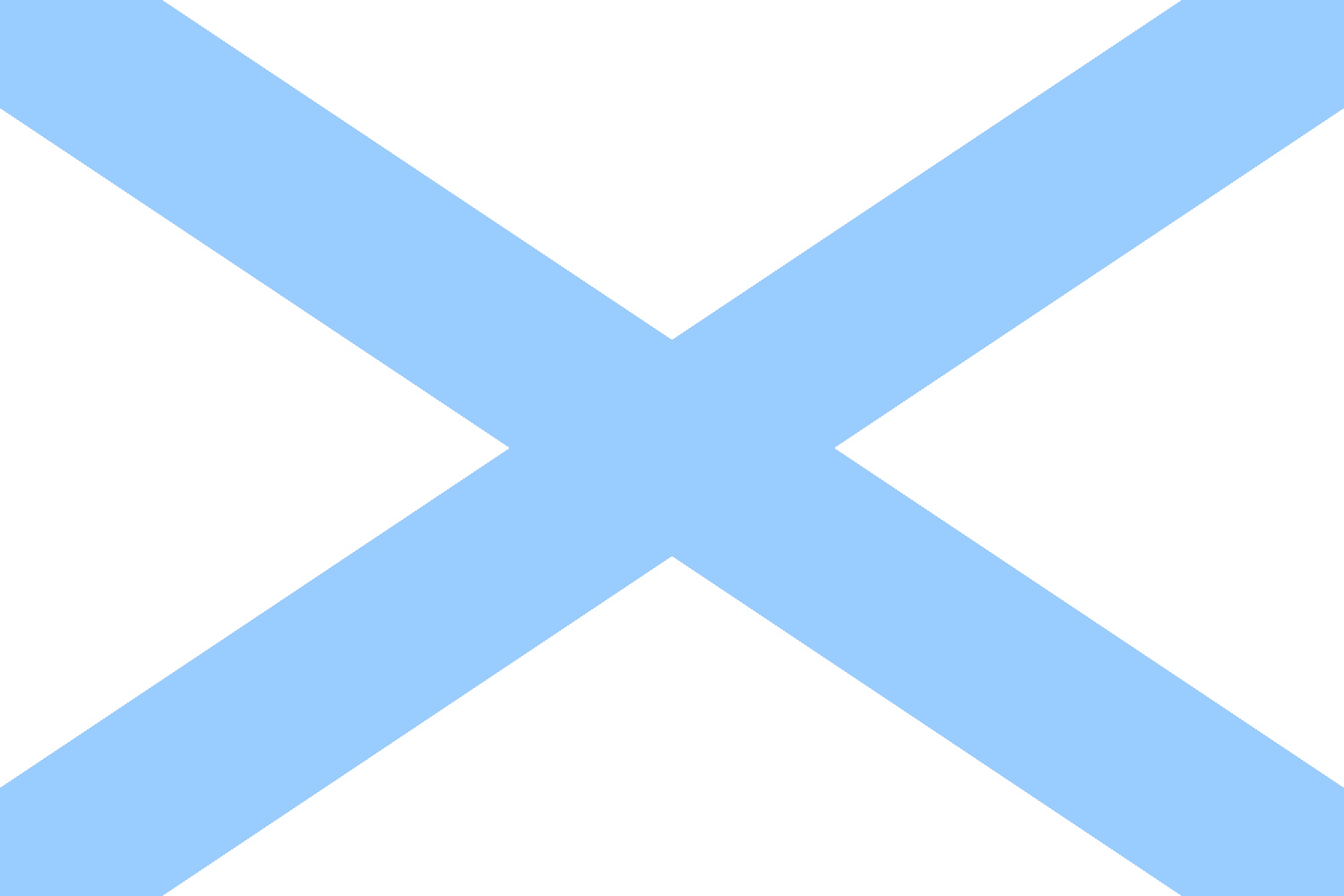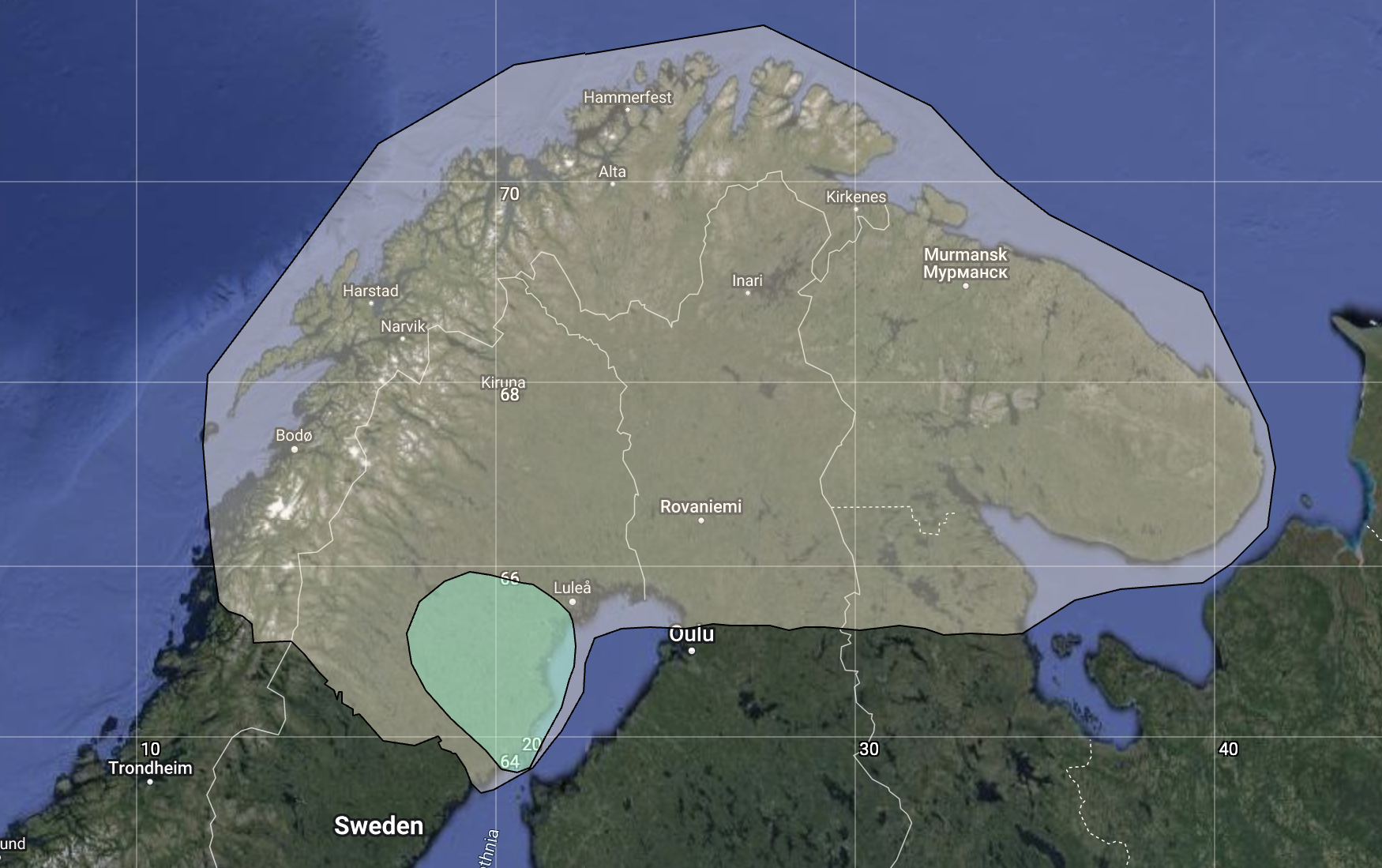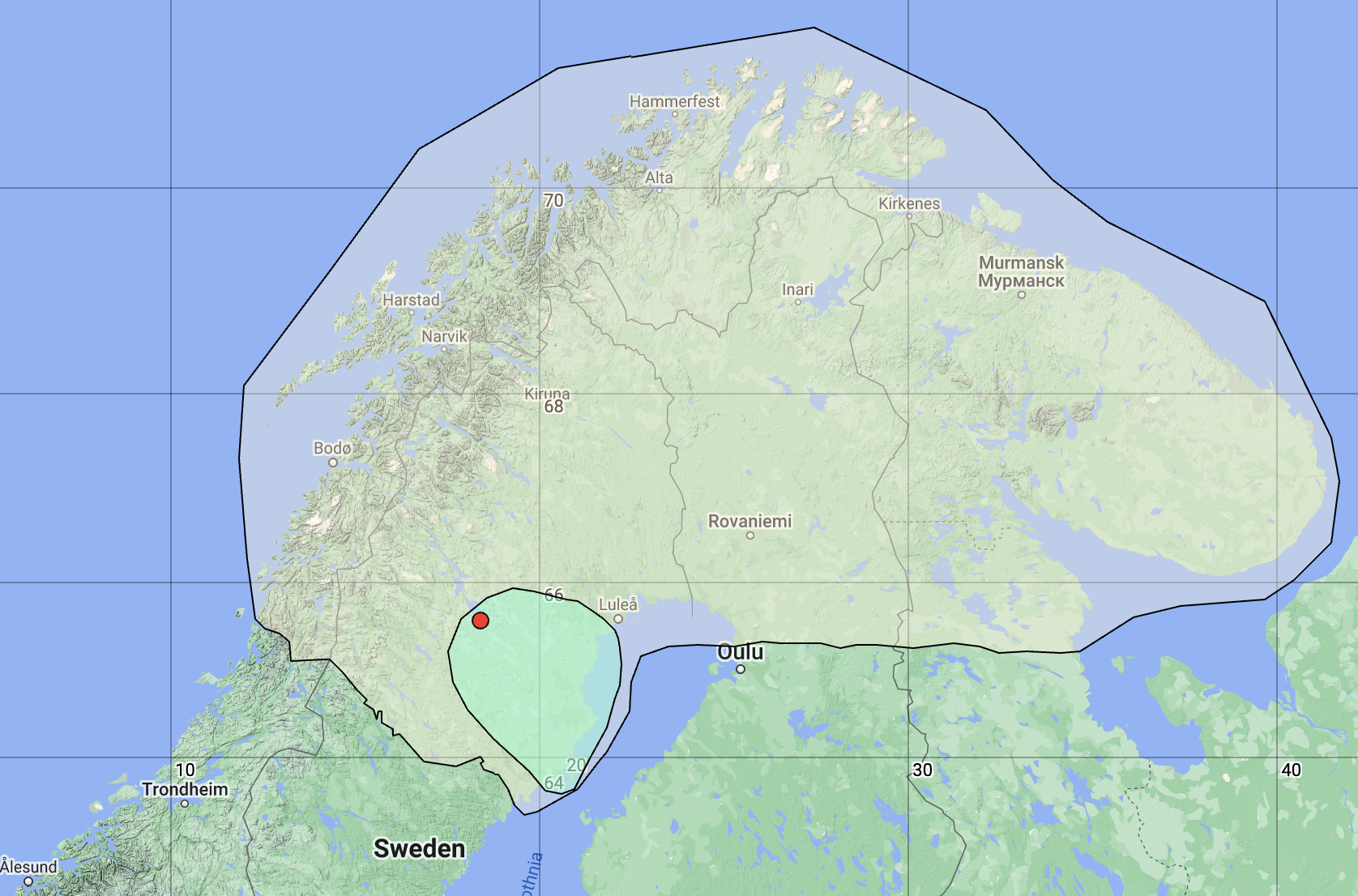Tsumiyokian Wiki


As of July, 2024
Miyokutsu is the principal reigning clan of Tsumiyoku. The clan is the oldest and most powerful in the country, and has been in power since the foundation of the Tsumiyokian confederation in the 12th century. The clan is known for its neutrality, its leadership and its role in the country's history. The clan is also known for its technological and commercial power, as well as its espionage network. The clan is also known for its role in the country's international relations, particularly in the mediation of international conflicts and the regulation of authoritarian and anti-human rights regimes.
| Government | Diarchy |
|---|---|
| Heads | Siokumi Leith, Lüzlio Äesir |
| Clan Capital | Edzhemiyokuutjoe (65°33'34.24" N, 18°25'57.68"' E) |
| Largest Clan city | Edzhemiyokuutjoe |
| Official clan languages | Tsumiyoki |
| Area | 43,081.27 km² (7.60%) |
| Population | 2 |
| Demonym(s) | Miyokutsuan |

The clan traces its origins to two distinct families who led the great wave of migration to the Ural Mountains. South of the Urals, these two families united in a form of alliance after experiencing a great form of proximity at the head of the Tsumiyokian migration, which gave rise to a great genetic mix between them.
Once the idea of a new great migration had emerged among the Tsumiyokians, they decided to consult the future Miyokutsu clan to direct them to the ancestral plateaus of Siberia. The future Miyokutsu clan, initially reluctant to move from a place of abundance to uncertainty, eventually agreed under pressure. The pressure and logistics of such a migration operation eventually structure this alliance and formalize the creation of the clan named Miyokutsu. This clan also possesses a number of technologies created or monopolized during travels south of the Urals over time. These technologies include navigation (which was used to reach Lapland), agriculture and primordial breeding, copper and bronze mining and more. The Miyokutsu clan also adopted writing very quickly, after its invention by troubadours and poets, which enabled them to develop a substantial store of knowledge and education. These advances made the Miyokutsu clan pioneers of technology and reinforced their natural place as leaders among the Tsumiyokian people.
After leading this migration, the clan settled in present-day Tsumiyoku territory and entered into semi-autarchy. After arriving in Lapland, several territorial wars broke out between different clans and families. The clan then decided to detach itself from the day-to-day affairs of the people, out of a sense of awe and neutrality. The clan was not attacked for several reasons: its power, the respect it enjoyed from other groups and its neutrality, which was put into play very early on in the story.
As time went on, conflicts subsided and the Tsumiyokian people came together. However, with the arrival of the Sami and Finno-Ugric peoples, several battles broke out between them and various Tsumiyokian clans. The Althing was then created to discuss these problems, and the Miyokutsu clan, whose historical position made it suitable for inter-clan mediation, was called upon to take charge of the Finno-Ugric problem.
With the resolution of the Finno-Ugric problem through the integration of the Sami clans into Tsumiyoku and an alliance with the Finno peoples of the north, the Miyokutsu clan sealed these good agreements by integrating Finno-Ugric elements into its clan and producing offspring with them. This drastic evolution from cultural autarky is marked by the Miyokutsu language and associated culture, which incorporate Finno-Ugric vocabulary and other elements.
Since then, the Althing has been regularly called upon to resolve inter-clan conflicts or normalize the Tsumiyokian posture with the outside world, particularly in relation to Indo-European peoples settling in Europe and Scandinavia. However, the Miyokutsu clan was increasingly called upon to preside over the Althing and act as mediator before taking on a decision-making role, making it the de facto confederal leader of the Tsumiyokian people.
In the 12th century, numerous conflicts broke out with the Kingdom of Sweden and the Republic of Novgorod, following which the Tsumiyokian people officially united in a confederation around the Althing, whose presidency served as the leader of the Tsumiyokian people. The Miyokutsu clan is the first clan to serve as president, and the one that holds the position almost every term. The clan thus consolidates its position as leader of the Tsumiyokian people.
In the 18th century, during the Great Northern War, the Tsumiyoku confederation was virtually destroyed. Thanks to the initiative and foresight of the Miyokutsu clan, the confederation was reformed as the Tsumiyoku Federation. This reform led to a more efficient and coordinated organization at all levels, contributing to a decisive victory over Sweden and Russia. With this reform, the Althing served not only as mediator, but also as legislative assembly and court of justice for the Tsumiyokian people. The presidency of the Althing became a position elected by the Althing, and the latter delegated some of its powers, such as command of the federal armies and federal executive power.
In the 19th century, with the revolutions ravaging Europe and the Enlightenment, the Tsumiyokian federation was restructured one last time with the adoption of the current constitution. There are three main factors behind the clan's systematic re-election to the presidency of the Althing: firstly, their competence in running the country and their foresight, influence and historical position among the Tsumiyokian people. Their position in a very federal country means that they have no say in contentious issues such as culture or clan-dependent social laws, leaving little room for dissatisfaction with their leadership. At their worst, they mediate and arbitrate intra-clan ideological conflicts on such matters.
The Miyokutsu clan owes its power to its strategic and advantageous technological and commercial position. They have also taken advantage of their commercial links to maintain an extensive information and espionage network, contributing to the country's security. In addition, the clan manages the country's position of international neutrality, even mediating international conflicts and helping to regulate authoritarian and anti-human rights regimes.

The clanic capital of Miyokutsu is named Edzhemiyokuutjoe, which means "place of the Miyokutsuans", and is located at the following coordinates: 65°33'34.24" N, 18°25'57.68"' E
The Miyokutsu clan uses of a local tsumiyokian language called Tsumiyoki and recognizes meänkieli, sápmi and scandinavian languages as minority languages. Scandinavian languages have a historic presence in the territory due to the clan being close to Scandinavia. Tsumiyoki is a language that diverged much slower than other tsumiyokian languages, probably due to the relative isolation of the Miyokutsu clan, making it still quite intelligible with Old Tsumiyokian.
The Miyokutsuan culture does not make differences based on gender, race, age or else. People are seen as the same. The only true segregation that can be seen is between independent and non-independent people. Non-independent people include kids, babies, etc.
The houses in the Miyokutsu clan are buried, half or even completely depending on the needs. Above are planted trees and vegetation. The largest families are distinguished by the tallest and widest trees as well as the largest grove. Indeed, as a family grows, the houses are built close together and create a grove of trees and vegetation. The roots visible in the dwellings are seen as a protective sign for the inhabitants and are marked with the name of the successive occupants. The highest trees are also used, platforms and small storage places are built there which can be used during fights for example. The trees occupy a very important place in the Miyokutsuan culture, the tree of a dwelling bears a name, that of a family can bear several (generally 3) which must be understood as a whole and not as names. These tree names serve as places of rallying, of belonging, of filiation. The life that a house tree has lived also indicates the philosophy that the associated family follows. It is also common to have the name of the main family tree as the surname.
Nudity is normal among Miyokutsuans. Even though genitals are usually covered for hygienic purposes, it is fairly common to see fully naked people when context permits it. A good part of the year the body is covered because of the great cold, but when the climate or the temperature of a room allows it, the clothes are removed and usually only the undergarment of the pelvis remains (the undergarment of the thorax does not exist de facto). There are contexts where adults are usually fully naked, especially outdoors, in private spaces or when social context requires it.
Overall, Miyokutsuans don’t sexualize the body and are usually naked with a loincloth on, especially during hot summer and winter. Additionally, it is not shocking to see fully naked people and people don’t pay particular attention except if the context lets it be perceived as unhygienic. Miyokutsuans consider that to be free is to be able not to be covered, it is their body which partly marks their identity (even more with tattoos and other symbols) so everyone must be able to see it.
Sexuality in Miyokutsu is very free. Indeed, Miyokutsuans have a philosophy of life which is to simply let go. Individuals do not actively seek a partner but follow the path that is laid out for them. This also means that the relationships are not exclusive and that, in fact, the question does not arise. A person can have a relationship with several individuals who in turn have relationships with several other individuals. This concerns both men and women and therefore removes any idea of competition that can take place among standard humans.
Thereafter, if a child is born, knowing the identity of his father does not matter socially (legally, it is mandatory to declare the biological father for demographic studies) since children are sacred and expected in a society with low demography. It is however possible that a woman decides on the father thanks to the various means of contraception, but that does not change anything in her relations even if the father is informed: Children belong to the clan and are seen as descending primarily from their biological mother’s lineage.
It should be noted that bisexuality is much more widespread and that homosexual relations are commonplace and absolutely not modern. The teaching of children on sexuality is complete and is done at school obligatorily as well as by the parents. Sexual relations are trivialized and there is no idea of exclusivity of sexuality either: having adult sexual relations with simple friends and acquaintances or conversely with very close members of one's family is not rare. Consanguinity with close family members is very frowned upon for obvious reasons. Sexual intercourse with ikrixi- (same age people you’re close to) also greatly contributes to the education of the teenager. On the other hand, any sexual relationship without consent is socially and legally very harshly repressed. Among children and teenagers, on the other hand, although there are no taboos on the subject of sexuality, consensual sexual relations with adults are very frowned upon.
Finally, it should be noted that love “oejljue-” and sexuality “oejzhu-” are very separated concepts. Love is spiritual and very abstract while sexuality is a matter of urges, of fun and a biological function. Loving people may have sexual intercourse with very different people without any repercussions.
Tattoos occupy a very important place in Miyokutsuan culture. Tattoos are, like the body, an important vector of identity. Although tattoos are also meant to be aesthetic, they are primarily created and applied for identity issues. Affiliation markers (clan, family, family tree) are tattooed in places that are visible at all times such as on the neck, along the temple and jawline, etc. Other tattoos represent important elements of your life which allow you to show who you are to your interlocutor.
Tattoos are embellished writing. Common places for tattoos are the temples, neck, sides of the chest, between the two pecs/breasts, arms, sides, legs, etc. The tattoos are usually done in dark black ink. Tattoos are not vectors of social position or rite of passage, tattoos are worn by everyone and are often made in young adults, sometimes in teenagers and very rarely in children.
There is also a very important tattoo that is located around the navel, the source of human life. For this tattoo there are two variants: a circle around the navel or vertical bars on both sides. This tattoo tells about the circumstances of the individual's birth and who their parents are, and ultimately symbolizes a gateway to the person's body.
A tattoo can be done on the internal side of the lower lip as a way to indicate the speaking role of a member (teaching, politics, poetry, etc). There is written a characteristic that is believed to lead the way that person is speaking.
Another less mandatory but still common type of body modification is body piercing. They are done globally on the ears and navel. They again represent symbols of belonging and identity. Ears are pierced early in children and individuals usually wear cards hanging from their ears with clan or family crests depicted on them. The navel piercing represents the key to life and can be joined by tattoos that converge towards the navel, this type of piercing is generally done in older adolescents.